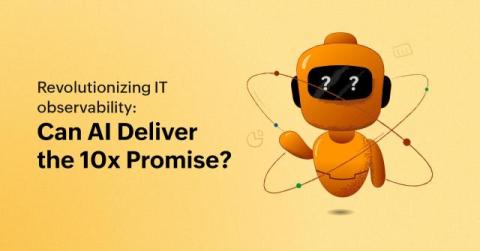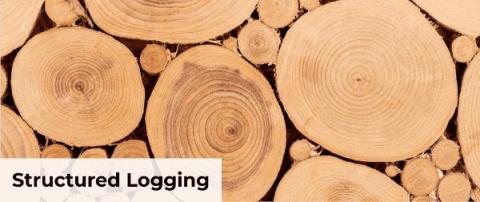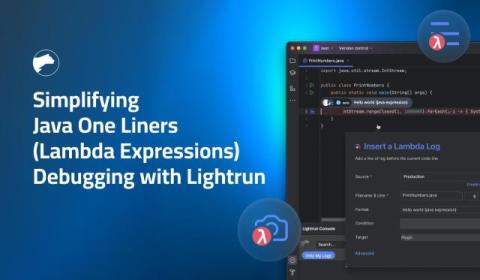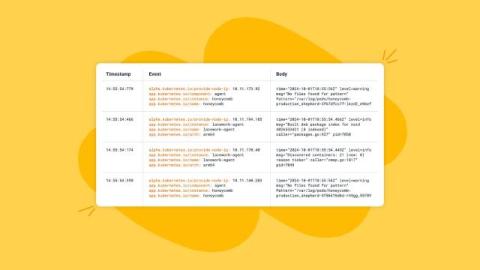Beyond the hype: Is a 10x leap in efficiency possible with AIOps in IT observability?
Now that AI has revolutionized IT forever, what are its implication on IT observability? Typically, IT operations, SREs, and DevOps professionals use IT observability to gain a holistic view of their IT infrastructure. In that pursuit, they used AIOps in several ways. Now, AI has helped IT observability with better anomaly detection, faster root cause analysis, and proactively identifying opportunities to dynamically scale IT to ensure uptime, performance, and security.











